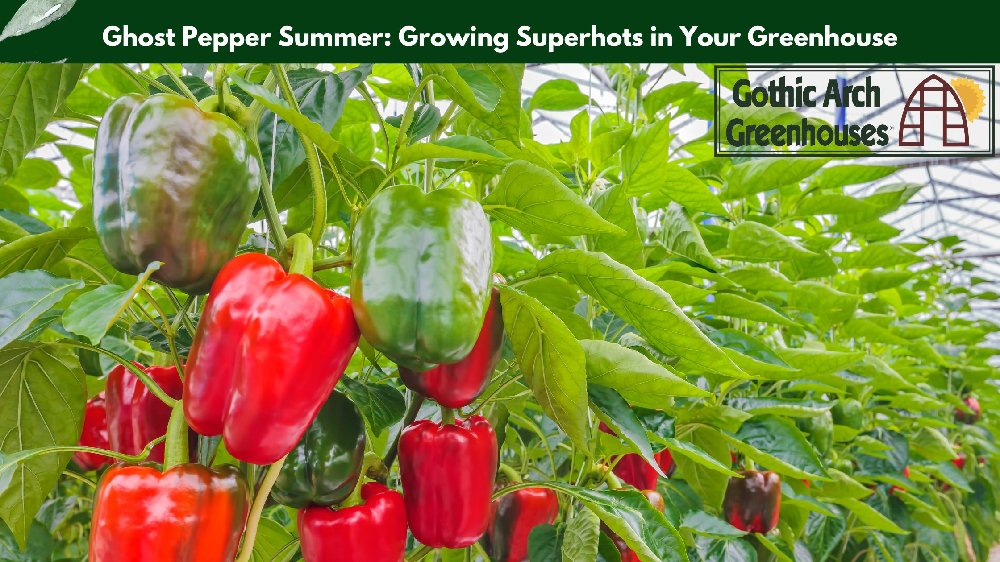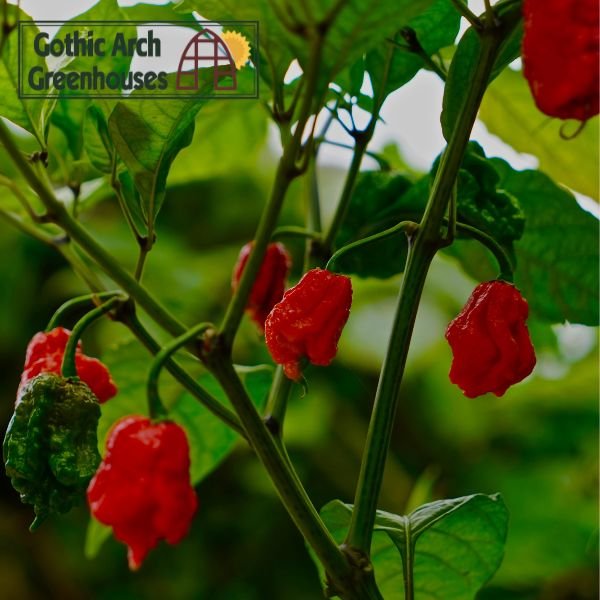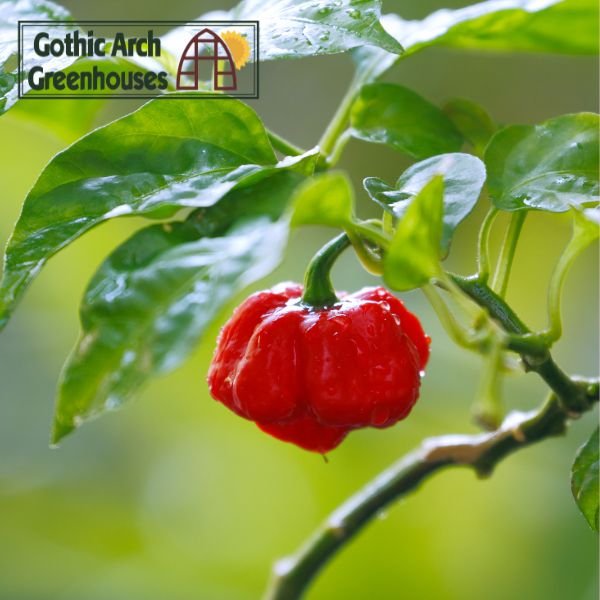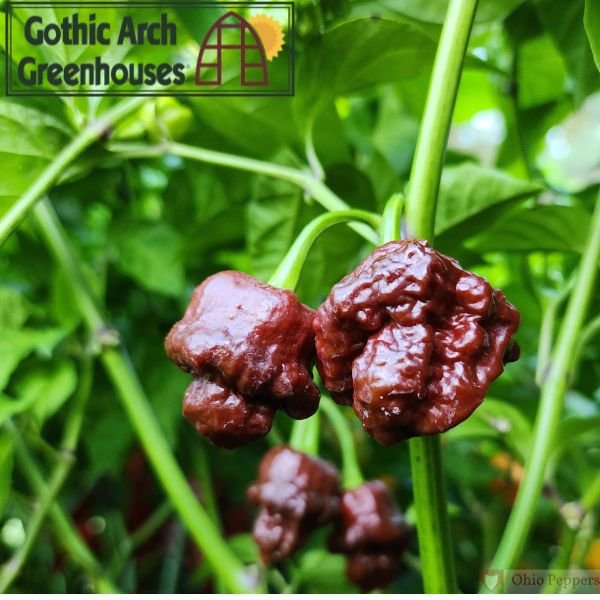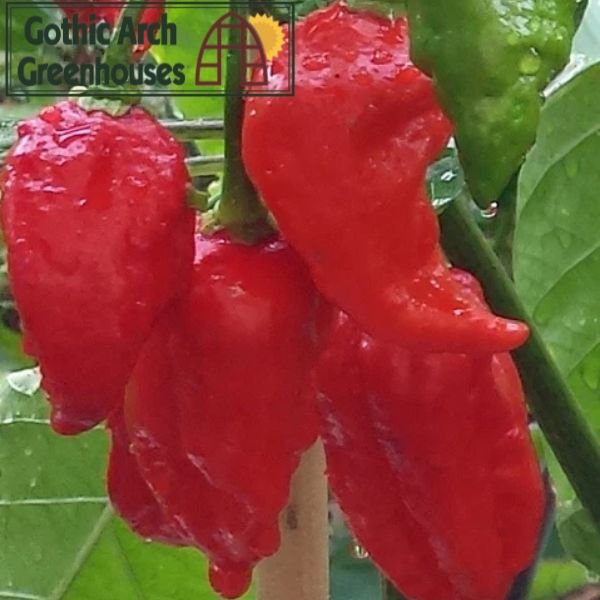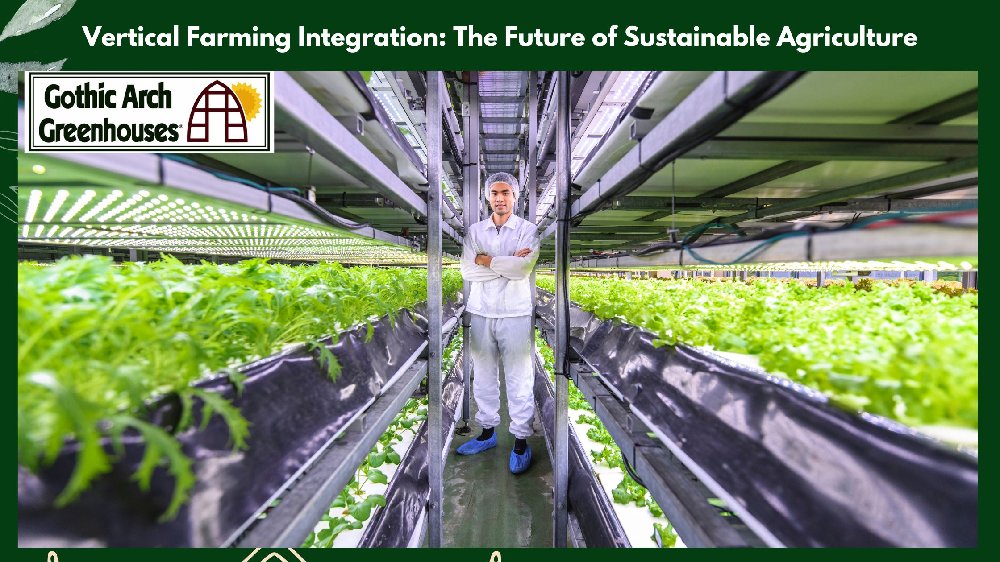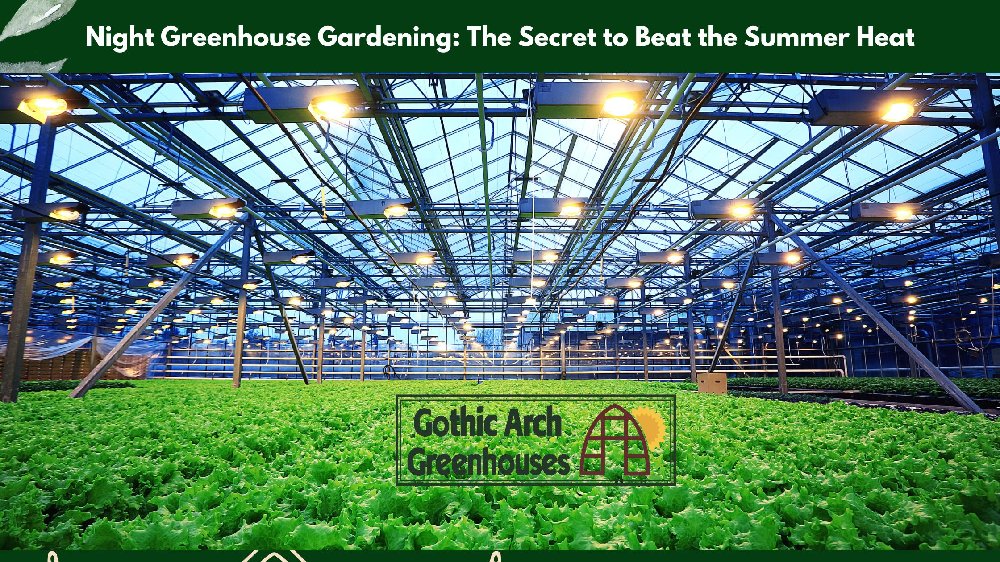
Night Greenhouse Gardening: The Secret to Beat the Summer Heat
Night Greenhouse Gardening
What is Night Greenhouse Gardening?
Night greenhouse gardening is the practice of managing and nurturing plants during the cooler nighttime hours inside a greenhouse. Unlike traditional daytime gardening, this method uses the natural drop in temperature at night to create an optimal environment for plant growth, especially during hot summer months.
Why Summer Nights are Ideal for Greenhouse Use
During summer, daytime temperatures can soar to levels that stress plants, causing wilting, bolting, or even plant death. Nighttime offers a respite — cooler air, reduced evaporation, and less intense light, making it perfect for gardening tasks such as watering, pruning, and light supplementation.
Benefits of Nighttime Gardening in a Greenhouse
Heat Stress Reduction for Plants
Plants like lettuce, spinach, and beans thrive in cooler environments. Night gardening avoids the harsh midday sun, thus preventing heat-related stress that can inhibit growth or kill delicate seedlings.
Water Conservation and Efficiency
Watering during the night minimizes evaporation, allowing more moisture to reach the plant roots. This efficiency not only conserves water but also reduces the need for frequent irrigation.
Pest Control Advantages
Common pests such as aphids, spider mites, and whiteflies are more active during the day. Night gardening disrupts their activity cycle and reduces infestation risks naturally without heavy pesticide use.
Extended Growing Seasons
Nighttime greenhouse gardening allows gardeners to extend growing seasons, especially in regions with extreme daytime heat. With proper insulation and cooling, a greenhouse can produce crops well into late summer or early fall.
Understanding Summer Heat Challenges for Gardeners
Effects of High Daytime Temperatures
Scorching sun and heat waves can lead to leaf burn, fruit splitting, and stunted plant development. High temperatures accelerate transpiration, causing rapid water loss in plants.
Soil Drying and Plant Wilting
Dry soil and dehydrated roots are common challenges in summer. During the day, moisture quickly evaporates from the topsoil, making it difficult for roots to access water consistently.
Greenhouse Overheating Risks
Without proper ventilation or cooling mechanisms, greenhouses can trap heat like an oven. Temperatures inside can exceed safe thresholds, making it uninhabitable for both plants and gardeners.
Setting Up a Nighttime Greenhouse System
Ideal Greenhouse Materials for Night Cooling
Polycarbonate panels, shade cloths, and mesh ventilation windows help maintain a cooler internal temperature at night. Insulating materials also retain daytime warmth to avoid nighttime cold shocks.
Installing Ventilation and Cooling Systems
Roof vents, exhaust fans, and evaporative cooling systems are critical. These technologies remove residual heat and regulate airflow, keeping the environment stable for night work.
Light Setup for Night Gardening
Low-heat, energy-efficient LED grow lights simulate daylight for plants that require supplemental lighting. Position lights strategically to prevent scorching and ensure even coverage.
Choosing the Right Plants for Night Gardening
Cool-Season Crops That Thrive at Night
Leafy greens such as kale, arugula, lettuce, and Swiss chard thrive in cooler conditions. These plants can be harvested more frequently and grow well under mild night temperatures.
Flowering Plants and Herbs That Benefit
Nighttime greenhouse conditions are excellent for herbs like basil, mint, and cilantro. Many flowering plants, such as marigolds and nasturtiums, also perform well in low-light conditions.
Seasonal Night Gardening Planting Calendar
| Season | Recommended Crops |
|---|---|
| Late Spring | Lettuce, Radishes, Peas |
| Summer | Spinach, Kale, Basil |
| Early Fall | Broccoli, Chard, Turnips |
Irrigation Strategies for Nighttime Gardening
Best Times to Water at Night
Watering right after sunset or before dawn ensures that the plants absorb moisture when evaporation is minimal. Avoid watering too late at night to reduce disease risk.
Drip Irrigation vs. Manual Watering
Drip irrigation systems are ideal for night gardening. They offer controlled, consistent moisture delivery directly to the root zone, which is especially useful in a greenhouse setup.
Avoiding Fungal Growth and Root Rot
Ensure proper airflow and avoid overwatering. Use raised beds or well-drained soil to prevent stagnant water around plant roots, which could encourage fungal diseases.
Lighting Techniques for Night Greenhouse Gardening
Types of Grow Lights
Use full-spectrum LED grow lights that mimic sunlight. Avoid incandescent bulbs as they generate excessive heat and are less energy efficient.
Light Duration and Intensity Tips
Provide plants with 8–10 hours of light if natural light is limited. Balance intensity with distance—closer placement for high-light crops and more distant for shade-loving varieties.
Solar-Powered Lighting Solutions
Solar lights with battery storage offer an eco-friendly option. They charge during the day and provide consistent lighting at night without increasing energy bills.
Cooling Technologies for Night Greenhouses
Passive Cooling vs. Active Cooling
Passive methods include cross-ventilation and reflective coverings. Active systems like misting fans and swamp coolers offer more control but require energy sources.
Shade Cloths and Thermal Curtains
These materials reduce heat absorption during the day and help regulate temperature at night. Thermal curtains also help retain beneficial warmth as temperatures drop.
Automated Temperature Regulation Systems
Smart thermostats and climate control systems automate the opening of vents, activation of fans, and other cooling mechanisms based on internal temperature readings.
Monitoring and Automation Tools
Smart Thermometers and Humidity Sensors
Modern greenhouses benefit from smart sensors that continuously monitor temperature and humidity levels. These tools provide real-time data, allowing gardeners to make informed adjustments and protect their plants from sudden environmental changes.
Timers and Irrigation Controllers
Automated irrigation systems with timers ensure plants receive consistent watering at the optimal times, typically just after sunset or before sunrise. These tools eliminate guesswork and reduce labor for gardeners.
Data-Driven Gardening Decisions
Using collected data, gardeners can track trends, identify problem areas, and optimize their night gardening routine for maximum efficiency and productivity.
Maintaining Plant Health During Summer Nights
Fertilization Timing for Cool Periods
Applying fertilizers during cooler nighttime hours helps avoid root burn and maximizes nutrient uptake. It also reduces the risk of volatilization—loss of nutrients due to heat.
Pruning and Maintenance at Night
Night pruning reduces plant stress and prevents the immediate spread of pests or diseases. It also allows for quicker healing, especially in crops sensitive to heat-induced damage.
Recognizing Signs of Heat Stress Recovery
After adopting night gardening, plants often show improved leaf turgidity, vibrant coloring, and consistent growth. Monitoring for these signs helps measure the success of your efforts.
Real-Life Success Stories and Case Studies
Small-Scale Gardeners’ Experiences
Home gardeners in desert climates like Arizona and Nevada have reported a significant increase in yield and reduced plant mortality after switching to night greenhouse gardening during summer months.
Commercial Greenhouse Night Operations
Several commercial farms in Southern California and Texas use nighttime cooling systems and LED lighting to grow crops like lettuce and herbs year-round, even in triple-digit heat.
Common Mistakes to Avoid
Overwatering at Night
While watering at night is beneficial, too much water can lead to soggy soil, fungal diseases, and root rot. Always check soil moisture before irrigating.
Inadequate Ventilation
Without proper airflow, moisture can build up, encouraging mildew and mold. Ensure vents and fans are functional, especially during humid nights.
Choosing Unsuitable Plants
Avoid heat-loving crops like tomatoes and peppers for exclusive night gardening. These plants need full sun and warmth for optimal fruit production.
Environmental Impact of Night Gardening
Energy Efficiency
Using solar-powered lights and automated systems minimizes energy waste. Night gardening also reduces the strain on air conditioning and cooling infrastructure.
Reduced Water Usage
Evaporation rates are lower at night, leading to more efficient water use and lower overall consumption—a critical benefit in drought-prone regions.
Sustainable Growing Practices
Night gardening encourages practices like composting, recycling materials, and reducing pesticide use, contributing to a greener planet.
Budget-Friendly Tips for Beginners
DIY Cooling Hacks
Use recycled fans, frozen water jugs, or wet towels to create makeshift cooling setups. Reflective surfaces like aluminum foil can deflect excess heat during the day.
Affordable Light and Water Solutions
Opt for LED strip lights or solar lanterns for budget-friendly lighting. Basic drip systems can be assembled with inexpensive tubing and timers.
Frequently Asked Questions (FAQs)
What are the best plants for night greenhouse gardening?
Cool-season crops like lettuce, spinach, kale, and herbs like mint and cilantro are ideal for night greenhouse gardening.
Can night gardening reduce pest issues?
Yes, pests are less active at night, and cooler temperatures reduce the likelihood of infestations, especially from mites and aphids.
How much light do plants need at night?
It depends on the crop. Most require 8–10 hours of light, which can be achieved with energy-efficient grow lights during the dark hours.
Is night gardening suitable for beginners?
Absolutely! With proper planning and a few tools, beginners can successfully start night greenhouse gardening, even in extreme climates.
Does night gardening save water?
Yes, watering at night reduces evaporation, leading to more efficient moisture absorption and lower overall water use.
Are there risks to watering at night?
Only if done excessively or without ventilation. Proper air circulation and moisture monitoring prevent fungal issues and root rot.
Embracing the Night for a Healthier Garden
Night greenhouse gardening is more than just a workaround for summer heat—it's a revolutionary method for producing healthier plants, saving resources, and extending growing seasons. With simple adjustments and the right tools, anyone can transform their greenhouse into a nighttime oasis of growth and sustainability.
As global temperatures rise and water becomes scarce, this technique offers a practical and eco-friendly solution for both hobbyists and professional growers. The secret to beating the summer heat might lie in the cool, quiet hours of the night.
Nighttime greenhouse gardening setup with LED lights illuminating lush green plants and a gardener tending crops, showcasing a sustainable method to beat summer heat.

